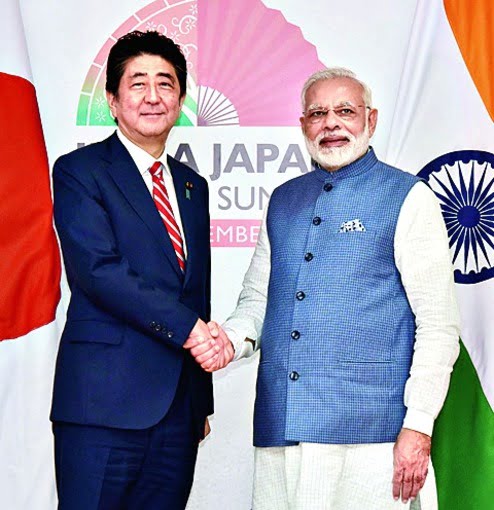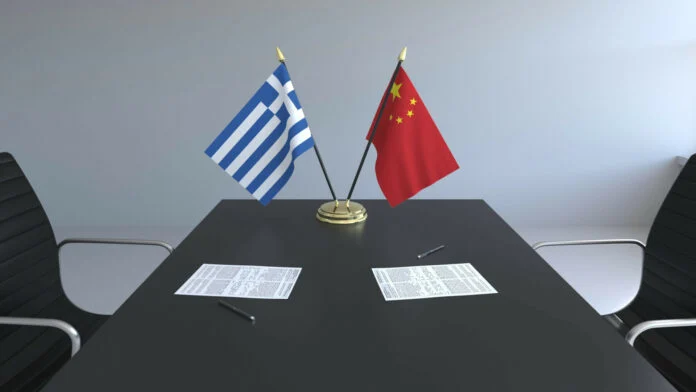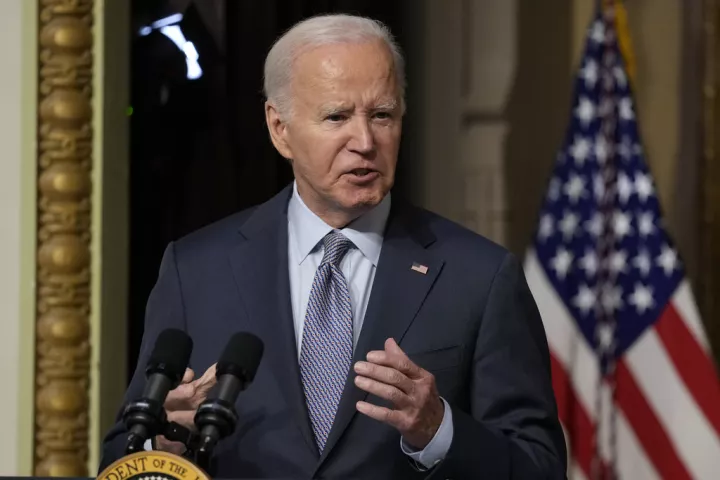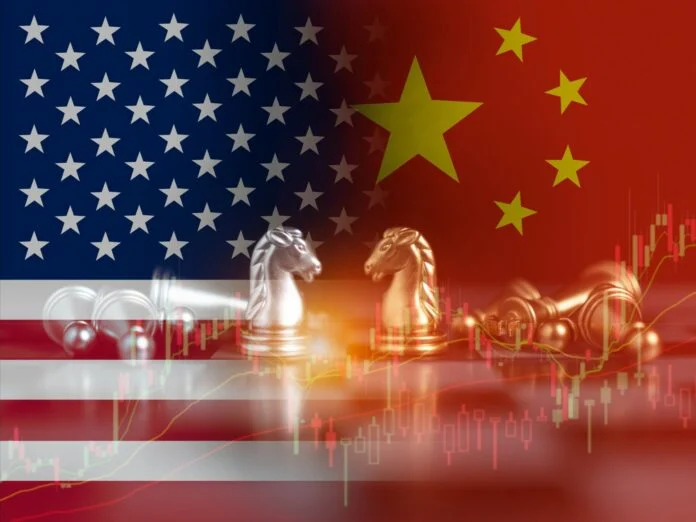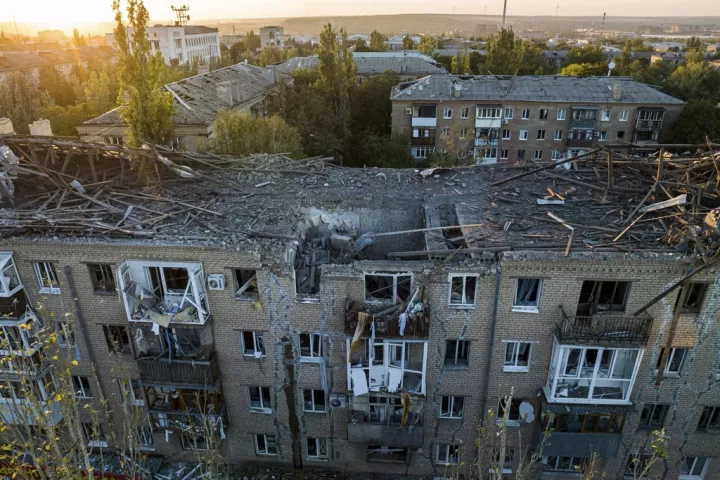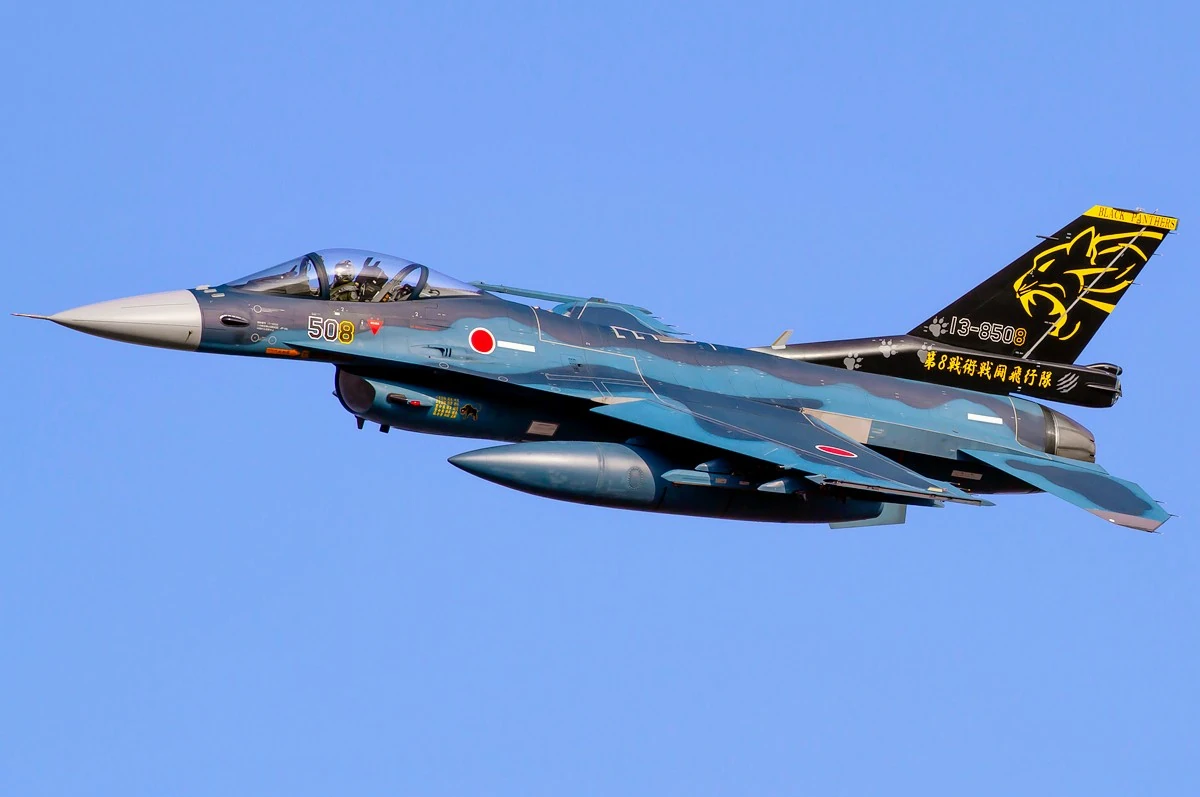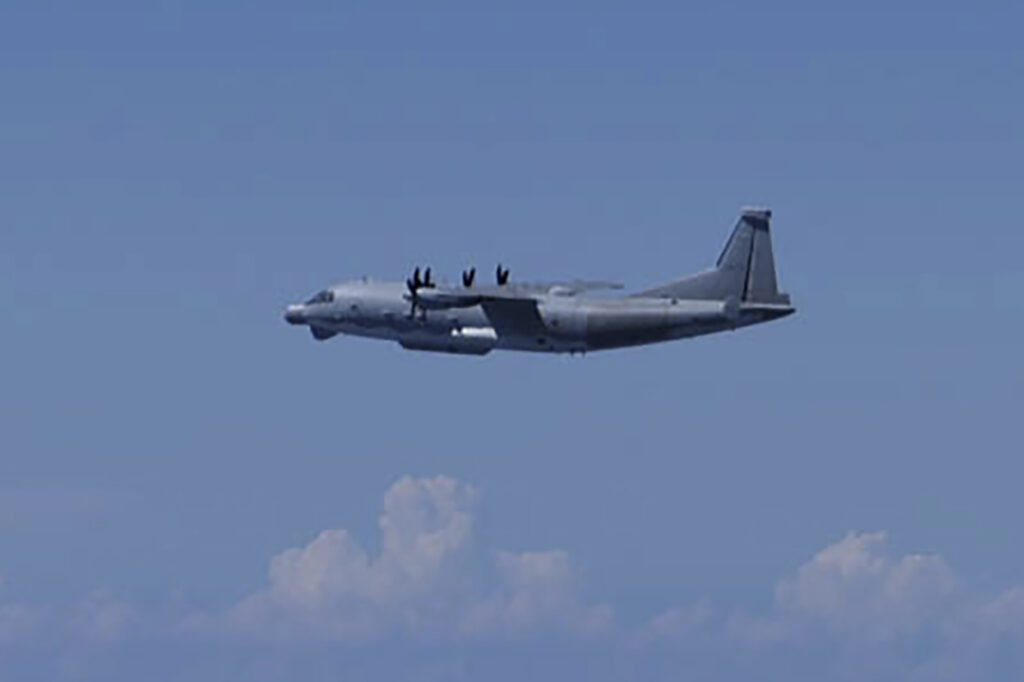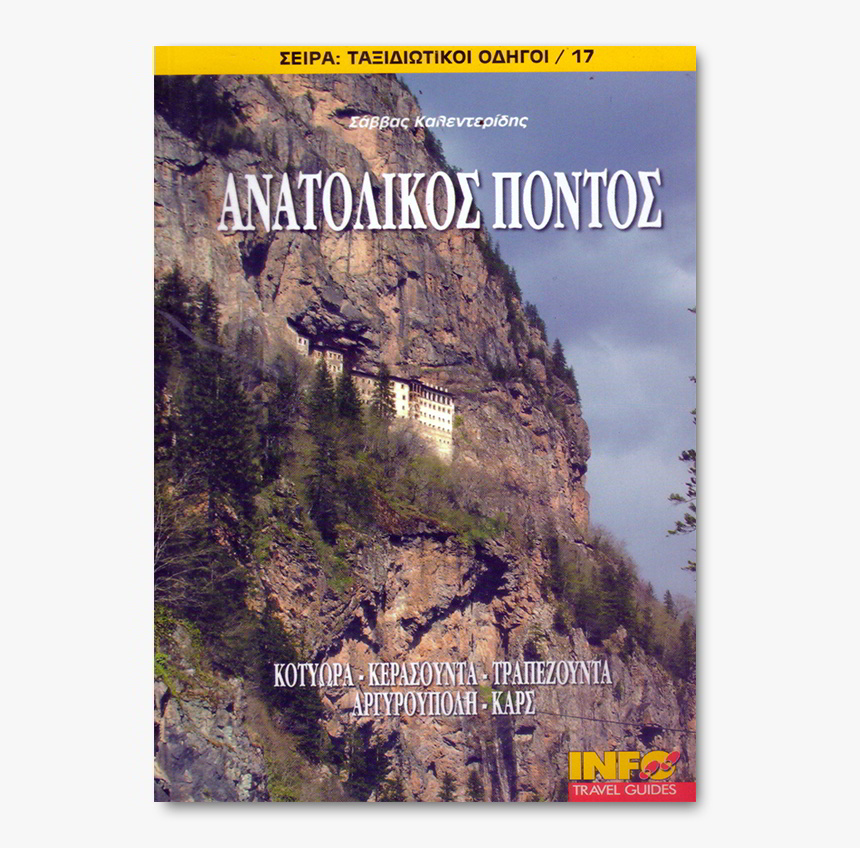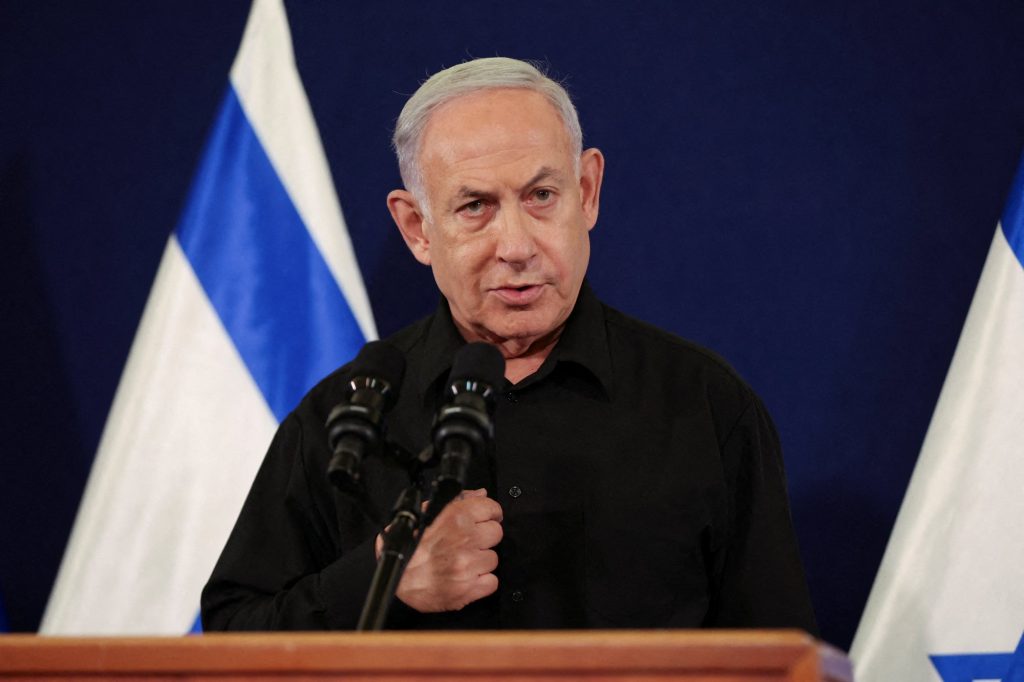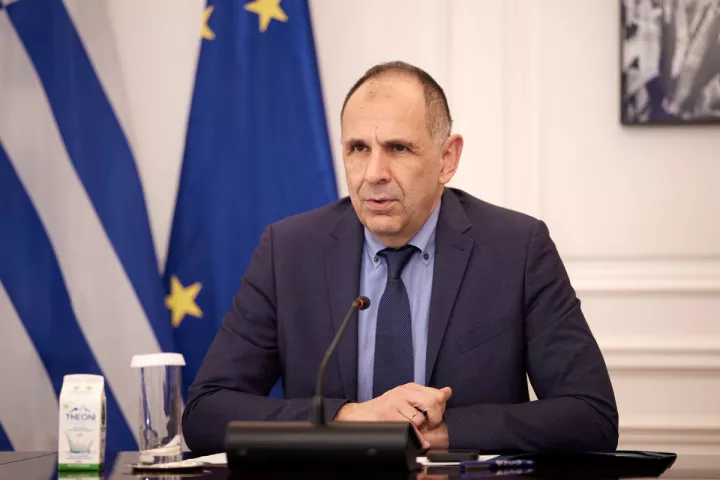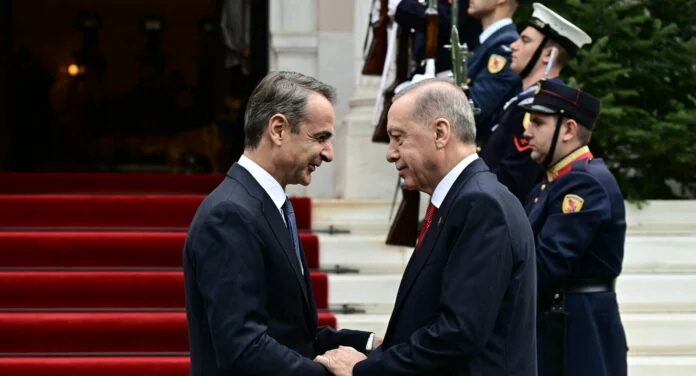Με αριθμό-ρεκόρ εννέα υποψηφίων για την προεδρία του κυβερνώντος Φιλελεύθερου Δημοκρατικού Κόμματος (ΦΔΚ, δεξιά) αξίωμα το οποίο στην πράξη είναι ταυτισμένο με την ηγεσία της κυβέρνησης, ξεκίνησε σήμερα η κούρσα για τη διαδοχή του Φουμίο Κισίντα, απερχόμενου πρωθυπουργού της Ιαπωνίας.
Κηρύσσοντας την έναρξη της εκστρατείας εν όψει των εσωκομματικών εκλογών που θα διεξαχθούν την 27η Σεπτεμβρίου, το κόμμα ανακοίνωσε πως επισήμως έχουν καταθέσει υποψηφιότητα εννέα διεκδικητές του αξιώματος, ανάμεσά τους δυο γυναίκες. Με δεδομένες τις ιδιαιτερότητες της ιαπωνικής πολιτικής, ο νικητής ή η νικήτρια της εσωκομματικής εκλογικής διαδικασίας είναι πρακτικά εγγυημένο ότι θα διαδεχθεί τον κ. Κισίντα, η δημοτικότητα του οποίου έχει υποχωρήσει στο ναδίρ.
Τη 14η Αυγούστου, ο πρωθυπουργός Κισίντα ανακοίνωσε πως δεν θα διεκδικήσει νέα θητεία στην ηγεσία του ΦΔΚ, της παράταξης που έχει στα χέρια της την εξουσία στην Ιαπωνία σχεδόν αδιάλειπτα από το 1945. Με την απόφαση αυτή στην ουσία ανήγγειλε πως αποχωρεί από το αξίωμα του πρωθυπουργού.
Τα φαβορί
Στους κυριότερους υποψήφιους για τη θέση του προέδρου του κυβερνώντος κόμματος συγκαταλέγονται ο πρώην υπουργός Άμυνας Σιγκέρου Ισίμπα, 67 ετών, καθώς και ο πρώην υπουργός Περιβάλλοντος Σιντζίρο Κοϊζούμι, γιος του δημοφιλούς άλλοτε πρωθυπουργού Τζουνιτσίρο Κοϊζούμι.
Στο αρχιπέλαγος όπου ουδέποτε ανέλαβε γυναίκα την πρωθυπουργία, το αξίωμα διεκδικεί επίσης η υπουργός Οικονομικής Ασφάλειας Σανάε Τακαΐτσι, εκπρόσωπος της πολύ συντηρητικής πτέρυγας του ΦΔΚ, που επισκέπτεται συχνά το Γιασουκούνι, μνημείο αφιερωμένο σε όλους ανεξαιρέτως τους νεκρούς των πολέμων στην Ιαπωνία — συμπεριλαμβανομένων καταδικασμένων εγκληματιών πολέμου. Επίσης υποψήφια είναι η πρώην υπουργός Εξωτερικών Γιόκο Καμικάουα, 71 ετών, που παρότι θεωρείται ηγετική μορφή με ικανότητες, δεν έχει παρά περιορισμένη υποστήριξη στην παράταξη.
Ο 67χρονος Κισίντα βρίσκεται στο αξίωμα από τον Οκτώβριο του 2021. Η δημοτικότητά του υπέστη βαριά πλήγματα εξαιτίας του πληθωρισμού, που μείωσε την αγοραστική δύναμη των νοικοκυριών, και πολιτικοοικονομικά σκάνδαλα που έσεισαν την παράταξη.
Στη διάρκεια της θητείας του, ο απερχόμενος πρωθυπουργός στάθηκε αποφασιστικά στο πλευρό της Ουκρανίας μετά την εισβολή της Ρωσίας στο έδαφός της και συνέχισε, με την υποστήριξη των ΗΠΑ, την ενίσχυση της ιαπωνικής άμυνας με φόντο την άνοδο της ισχύος της Κίνας στην περιφέρεια Ασίας-Ειρηνικού.
Στην κατάταξη με βάση το χρονικό διάστημα που παρέμειναν στο αξίωμα οι 35 πρωθυπουργοί που γνώρισε η Ιαπωνία μετά τον Β΄ Παγκόσμιο Πόλεμο, ο κ. Κισίντα καταλαμβάνει την όγδοη θέση.
Πρόωρες εκλογές;
Αν και η αλλαγή ηγέτη δεν αναμένεται να οδηγήσει σε κάποια μείζονα αλλαγή της πολιτικής της κυβέρνησης, ιαπωνικά ΜΜΕ εκτιμούν ότι ο νέος ή η νέα πρωθυπουργός μπορεί να προκηρύξει πρόωρες εκλογές αφού αναλάβει.
Σύμφωνα με τον αναλυτή Τζέιμς Μπρέιντι, αντιπρόεδρο της εταιρείας συμβούλων Teneo, βρίσκεται σε εξέλιξη «ποιοτικός πολιτικός διάλογος» στις τάξεις του κόμματος, καθώς το ΦΔΚ «επιδιώκει την ανανέωση».
Στην πλειονότητά τους, οι υποψήφιοι κάνουν «γενναιόδωρες υποσχέσεις» πως θα αυξήσουν τις δημόσιες δαπάνες, ενώ ορισμένοι «αντιτίθενται σε προβλεπόμενες αυξήσεις φόρων», πρόσθεσε ο ίδιος σε σημείωμά του.
Η τέταρτη οικονομία του κόσμου δυσκολεύεται να ανακτήσει τον βηματισμό της μετά την περίοδο της πανδημίας του νέου κορωνοϊού — το ΑΕΠ κατέγραψε άνοδο 0,7% το δεύτερο τρίμηνο του 2024.
Ναυτεμπορική

